
Classification
Domain
Eukarya
Kingdom Plantae-Plants
Superdivision Spermatophyta-Seed plants
Division
Magnoliophyta-Flowering plants
Class Liliopsida-Monocotyledons
Order
Liliales
Family
Liliaceae-Lily family
Genus
Colchicum
Species Colchicum autumnale-autumn
crocus
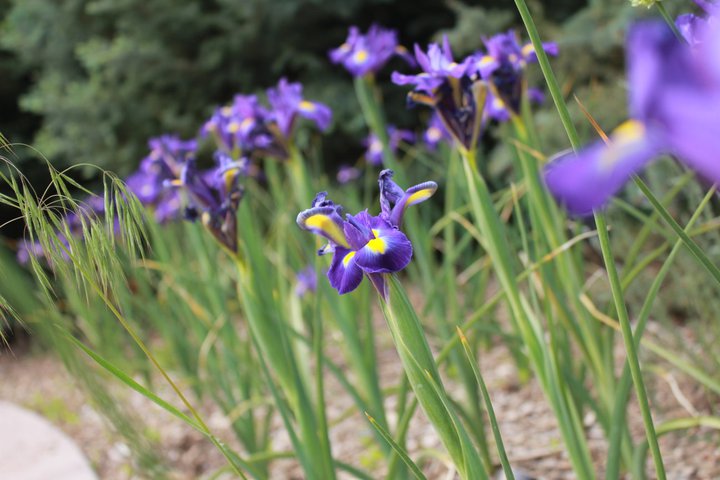 Any flowering plant is considered to be what is
known as an Angiosperm. The characteristics of these plants are that
they are vascular, they produce flowers and their seeds grow inside the ovary of the
flower. There are various ways for pollination which consist of
using different , ants, water, and wind.
In this group the life cycle involves alternation of generation,
where the sporophyte generation is diploid and the gametophyte
generation is haploid. The spores are relatively small when compared
next to the gametophytes and each one is located on a separate
individual.
Any flowering plant is considered to be what is
known as an Angiosperm. The characteristics of these plants are that
they are vascular, they produce flowers and their seeds grow inside the ovary of the
flower. There are various ways for pollination which consist of
using different , ants, water, and wind.
In this group the life cycle involves alternation of generation,
where the sporophyte generation is diploid and the gametophyte
generation is haploid. The spores are relatively small when compared
next to the gametophytes and each one is located on a separate
individual.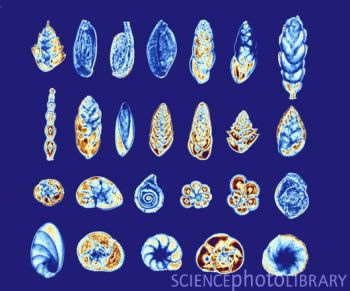
As opposed to prokaryotes, eukaryotes have membrane bound organelles as well as a true nucleus. They have the capability of being multicellular and therefore developing more complexity. It includes plants and animals, but also the lesser known protists.
Kingdom: Plantae-Plants
 The plants are many celled organisms that have cell walls made of
cellulose. They get their energy from the sun which is a
characteristic also true for the green algae (a protist). Plants and green algae
were thought to be under the same kingdom Plantae, but now people
are starting to argue that they are, in fact, different. So there is
a new kingdom called Viridiplantae. This Kingdom
also contains the
Rhododendron.
The plants are many celled organisms that have cell walls made of
cellulose. They get their energy from the sun which is a
characteristic also true for the green algae (a protist). Plants and green algae
were thought to be under the same kingdom Plantae, but now people
are starting to argue that they are, in fact, different. So there is
a new kingdom called Viridiplantae. This Kingdom
also contains the
Rhododendron.Superdivision: Spermatophyta- Seed plants
‘A phylum embracing the highest plants, or those that produce seeds; the seed
 plants, or flowering plants. They form the most numerous group,
including over 120,000 species. In general, the group is
characterized by the marked development of the sporophyte, with
great differentiation of its parts (root, stem, leaves, flowers,
etc.) by the extreme reduction of the gametophyte; and by the
development of seeds.’ (The free dictionary)
plants, or flowering plants. They form the most numerous group,
including over 120,000 species. In general, the group is
characterized by the marked development of the sporophyte, with
great differentiation of its parts (root, stem, leaves, flowers,
etc.) by the extreme reduction of the gametophyte; and by the
development of seeds.’ (The free dictionary)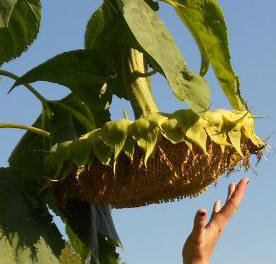 Division: Magnoliophyta- Flowering plants
Division: Magnoliophyta- Flowering plants Plants from this division have seeds with a shell like coating that surrounds them. They can be spread by animals, wind, or water in order to fertilize.
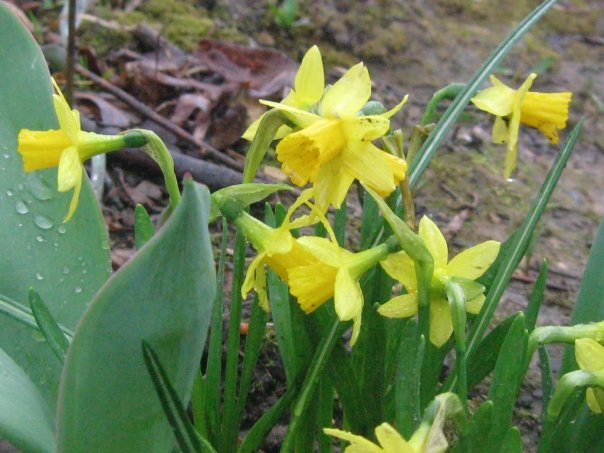
These can be called monocots for short. They have characteristics such as one cotyledon (the embryonic leaf inside a seed bearing plant), veins usually in parallel, vascular tissue scattered, fibrous root system, pollen grains with one opening, and floral organs usually in multiples of three, these characteristics can also be seen in the Ladyslipper.
Order: Liliales
 Containing 11 families, 67 genera, and 1,558 species of mostly
perennial climbers and herbs, this order of flowering plants include
many diverse taxa within the monocotyledons including
Aloe. Members found in this
order are important in the production or certain drugs, sources of
food, and, of course, aesthetic garden plants.
Containing 11 families, 67 genera, and 1,558 species of mostly
perennial climbers and herbs, this order of flowering plants include
many diverse taxa within the monocotyledons including
Aloe. Members found in this
order are important in the production or certain drugs, sources of
food, and, of course, aesthetic garden plants.Family: Liliaceae- Lily family

As implied by its name, this family includes the lilies as well as tulips and our Autumn Crocus. They are characterized by being stalked flowers arranged singly on a long stem. They are typically radially symmetrical and in most cases possess 3 separated sepals (green petal like leaves that cup the base of the flower) as well as 6 stamen and 3 carples (a carple houses the stigma, style, and ovary).
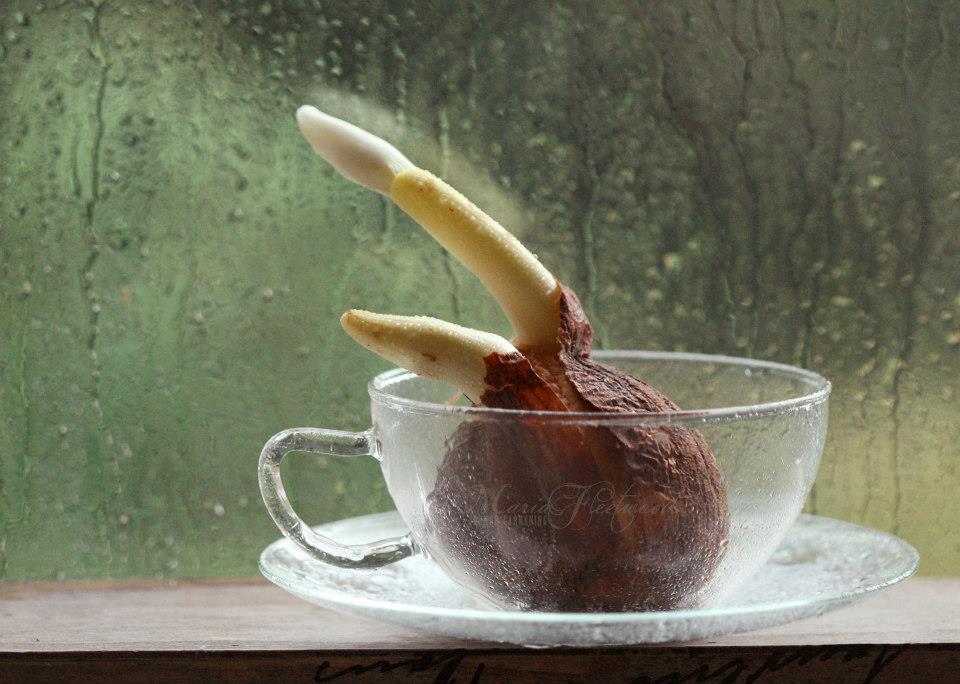 There are 108 genera in this family. The word colchicum refers to
the dried corm (bulb) of the plant. It originated from ancient the
Greek word kolkihkon ‘of Colchis’, which alludes to the skills of
the sorceress Medea of Colchis had as a poisoner in mythological
stories. These flowers are chiefly fall-bloomming perennial cormous
herbs. This genus produce their foliage in the spring which then
dies off over the summer and then in the fall the flower blooms.
This genus contains up to 103 species, one of which is the Colchicum
autumnale.
There are 108 genera in this family. The word colchicum refers to
the dried corm (bulb) of the plant. It originated from ancient the
Greek word kolkihkon ‘of Colchis’, which alludes to the skills of
the sorceress Medea of Colchis had as a poisoner in mythological
stories. These flowers are chiefly fall-bloomming perennial cormous
herbs. This genus produce their foliage in the spring which then
dies off over the summer and then in the fall the flower blooms.
This genus contains up to 103 species, one of which is the Colchicum
autumnale.Species: Colchicum autumnale L. – autumn crocus
This species are purple in coloring sometimes with a bluish tint. When the flowers bloom the leaves are already gone, because of this they are commonly known as the naked ladies. Other common names are autumn crocus and meadow saffron. Although it is called a crocus, as seen above it is actually in the Lily family and therefore more closely related to lilies and tulips.

It is debated weather or not plants evolved from Ancestral Alga. Shared history and molecular traits such as chloroplast and nuclear small subunit rDNA have led many scientists to believe that plants came from algae. The chart bellow shows what it would look like if they did. Liverwort, Hornworts, and Mosses are non-vascular seedless plants. Lycophytes (club moss, spike moss, quillworts)and Pterophytes are vascular. Gymnosperms and Angiosperms are vascular seeded plants.
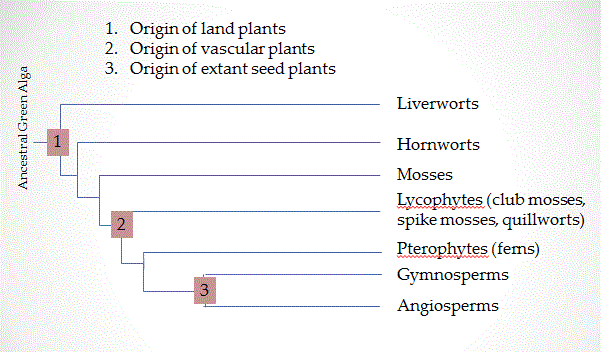
All things we know fall within the domains Bacteria, Archaea, and Eukaryotes. We know that plants are eukaryotes because of membrane bound organelles. Many different Super-groups are found in the Eukaryotes one of which is the Archaeplasitda, the super-group that contains Land Plants (the Kingdom in which we find our little green friend). The possession of chloroplast and certain rDNA characteristics group plants here. ˇ

To learn where these plants grow see Habitat.
Return to Home.